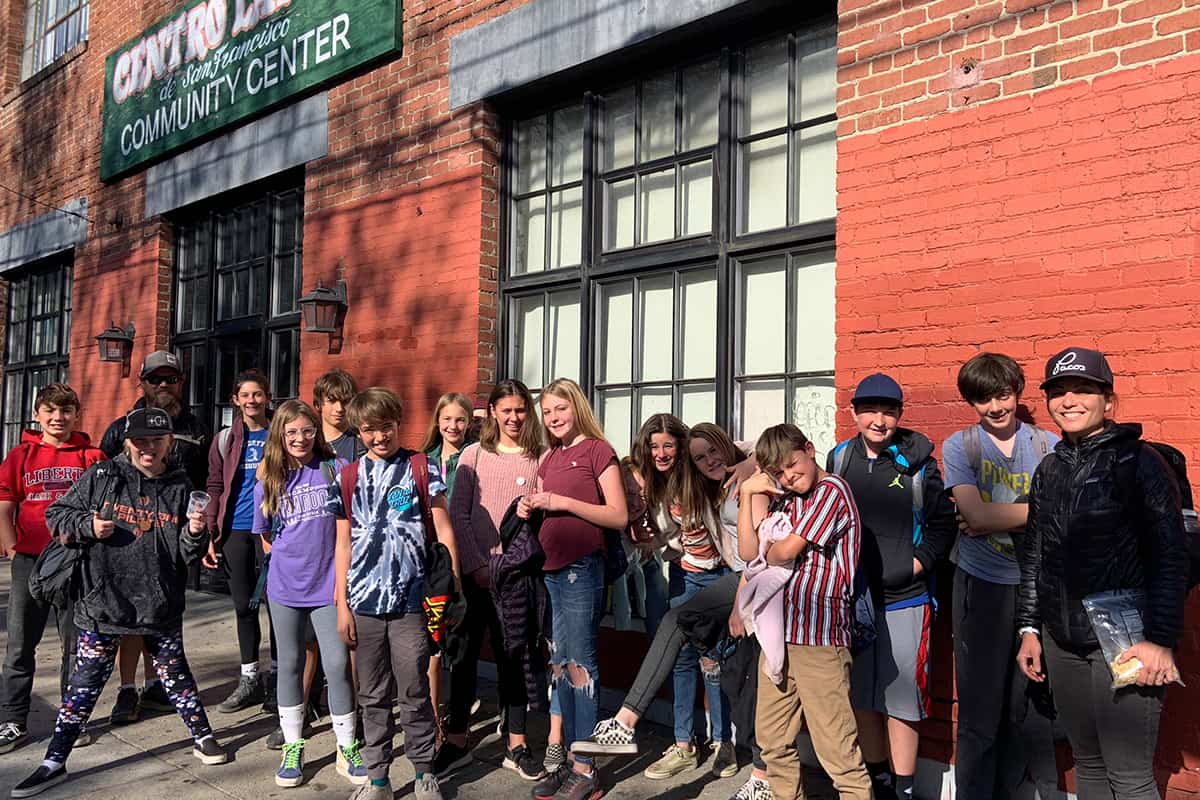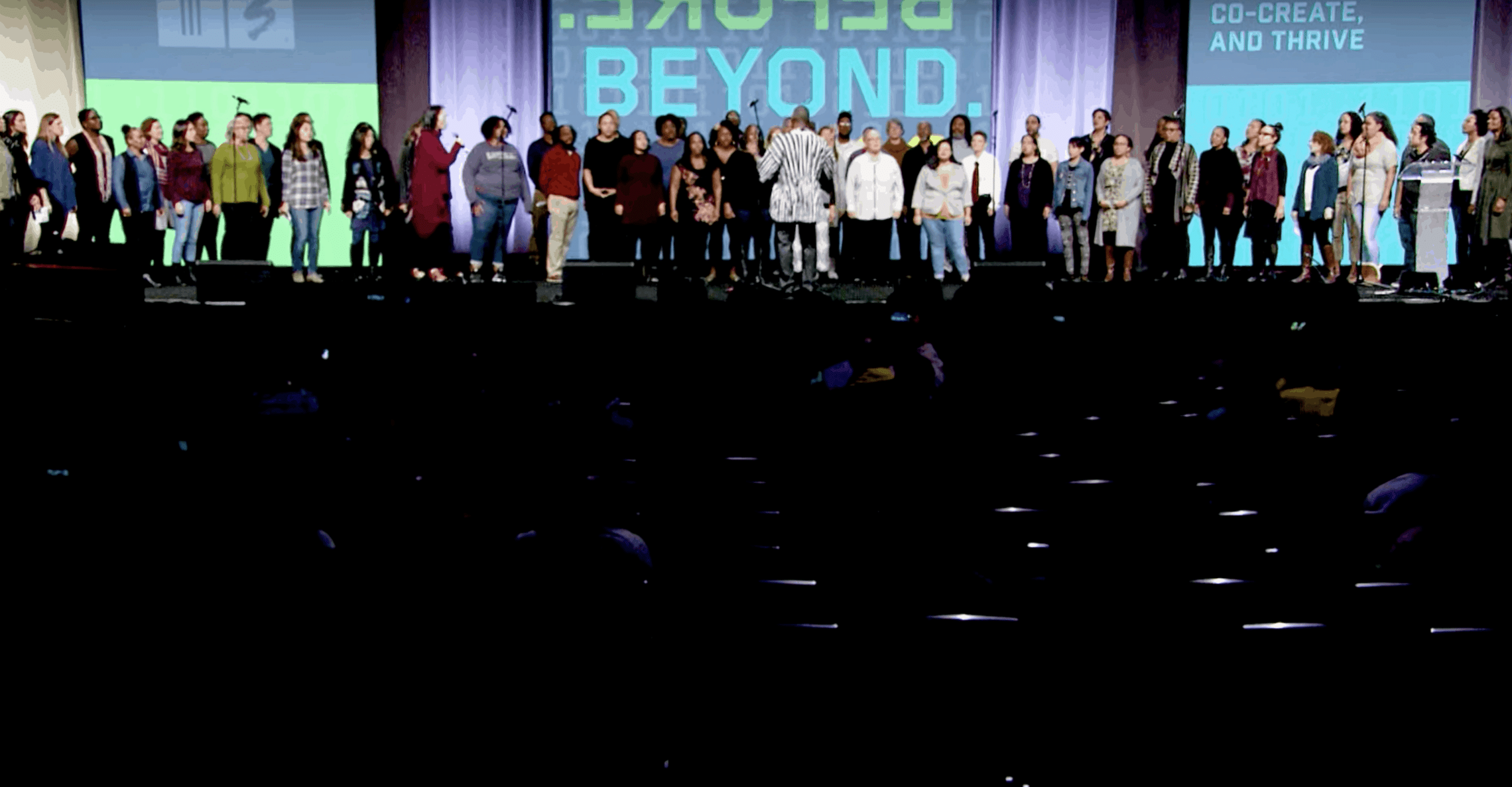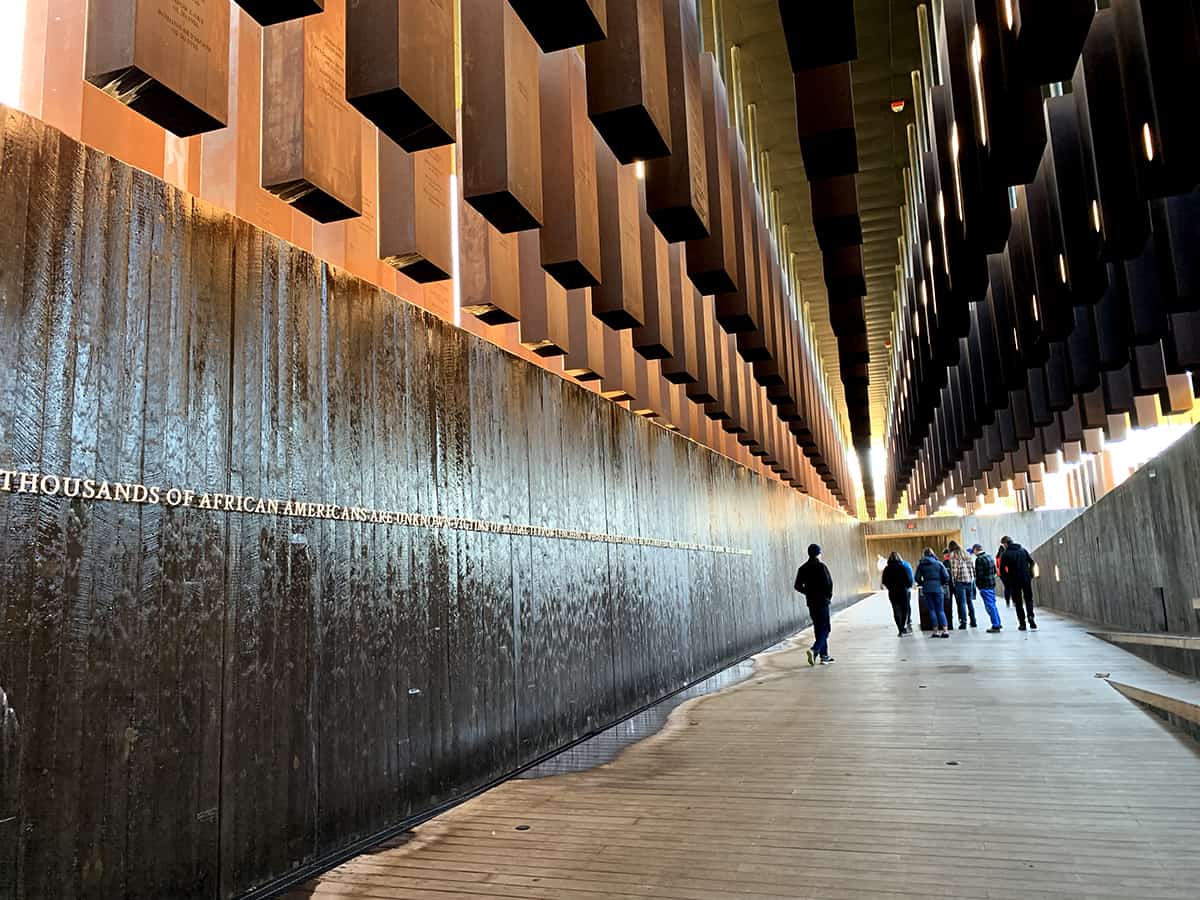7th-Grade Study on JEDI at TEA: How Can Our School Be A More Inclusive, Welcoming, and Open Environment?
In the fading light of a warm November afternoon, seventeen 7th-grade TEA students sat on Sproul Hall’s concrete steps at the University of California at Berkeley.
Beth Vallarino, Loren Trux, and Alex Pugenot were supporting students as they composed questions to ask university students about their experiences with Justice, Equity, Diversity, and Inclusion (JEDI) at UC Berkeley.
Students brainstormed the following questions to ask college-aged students and professors.
– How does the school support first-generation students?
– What is UC Berkeley’s climate like around issues relevant to JEDI?
– How do you identify (in terms of race, ethnicity, sexual identity, class, gender, etc), and does that have an impact on the way you view JEDI work?
– How much effort does the school put in to address issues of JEDI?
Students formed these questions with their semester-long study of Balance of Power and JEDI in mind. TEA middle schoolers would then use this data to help inform their pitch to Mara Jenkins and Taylor Simmers, TEA’s co-directors, about how TEA can grow on its journey to be a more inclusive/welcoming/open environment.
The journey for TEA middle schoolers to investigate JEDI work began back in September. Students used their first semester of their 7th grade to study and analyze their year’s theme of Balance of Power. To better understand the balance or imbalance of power present in their daily lives, they met with experts in multicultural education, board members of organizations and therapists to better understand the power of diversity in teams, privilege, bias, history, demographics, and systems of oppression.
To continue their semester-long investigation, students spent five days in the San Francisco Bay Area in late November. Students visited with varied organizations to better understand the impact of power on multi-faceted organizations. During this field study, students would get to see first hand how diversity is addressed in organizations.
Before the field study in the Bay Area, students built background knowledge through podcasts, anchor texts, and conversations. As a result, the 7th-grade students were able to understand conditions that may provide roadblocks to the success of different people.
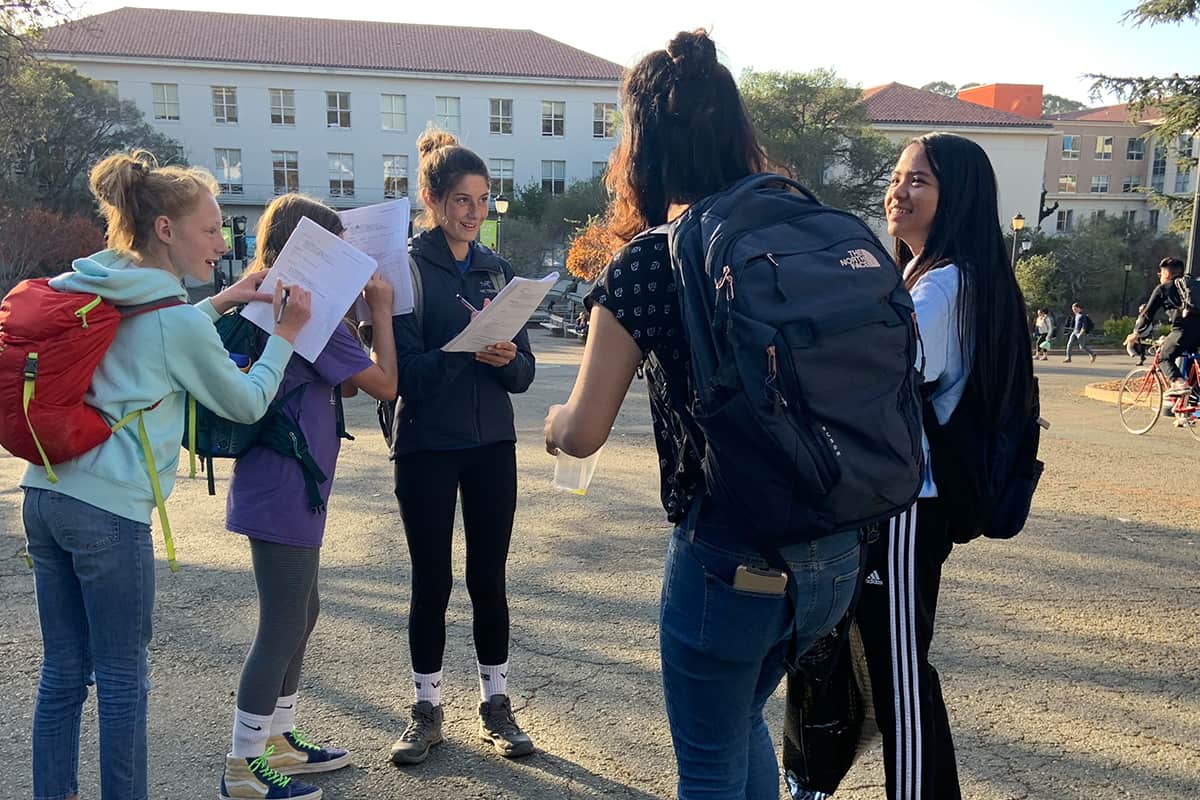
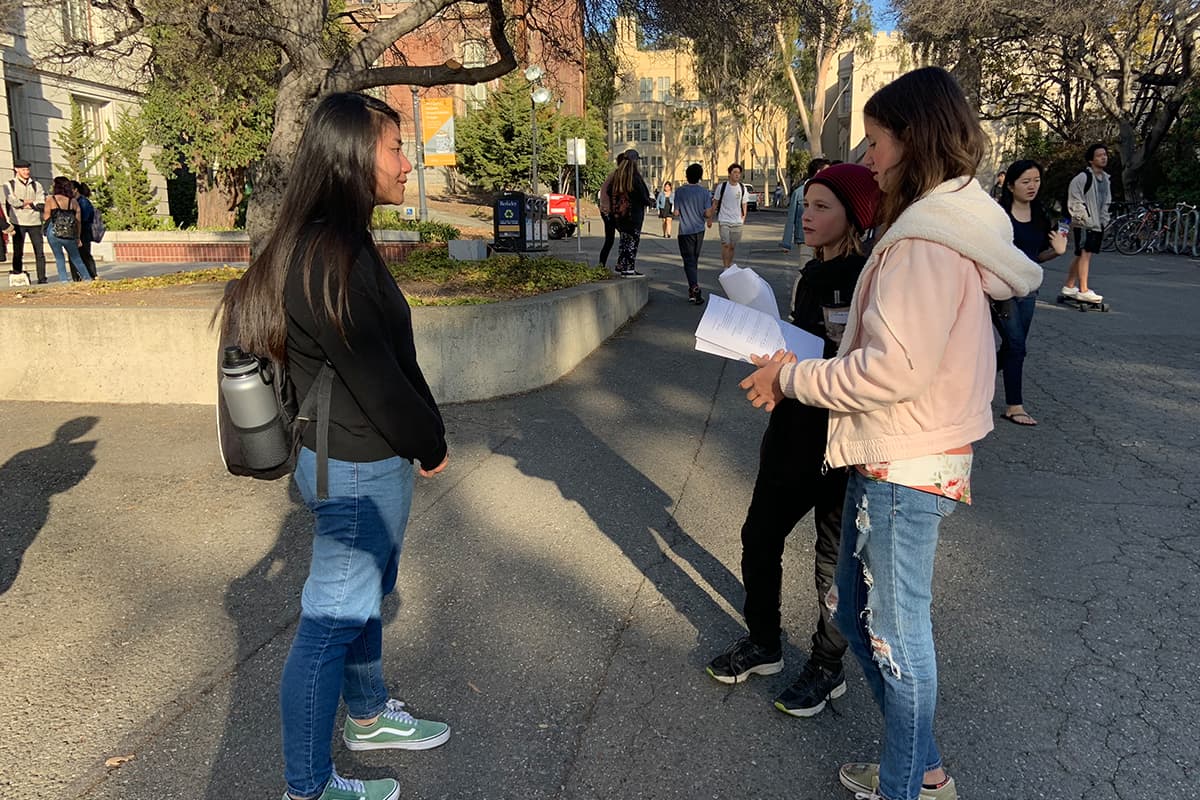
While sitting on the historic pier, the students learned about the conditions that lead to the Chinese Exclusion Act in 1882, as well as discriminatory laws that lead to the decline of the fishing village.
Throughout the week-long field study, students camped at China Camp. China Camp is a state park located in San Rafael. There, they visited the park’s historic Chinese fishing village and salt marsh. They read about the area’s first inhabitants, the Miwok people. They learned about the Spanish arrival and were surprised to know that the Spanish arrived in California before the United States became a nation. While sitting on the historic pier, the students learned about the conditions that lead to the Chinese Exclusion Act in 1882, as well as discriminatory laws that lead to the decline of the fishing village.
Students took a short drive into Marin, where they met with Dinah Becton-Consegura, Director of Partnership Development at an organization called Project-Based Learning (PBL) Works.
PBL Works believes that all students– no matter where they live, or what their background– should have access to project-based learning. There, students met with a large group of adults who work for PBL in various capacities. They had a conversation and Q&A session where they were able to share (in person and via video conference) their experiences at TEA with project-based learning. After their Q&A session, students headed into a smaller conference room with Dinah, where she talked about power, inequity, racial wealth gaps, and the school to prison pipeline. Students considered the balance of power at TEA, used their knowledge of TEA’s students and staff demographics, and wondered how TEA might work to address inequality in its systems, as well as work to retain students of diverse backgrounds.
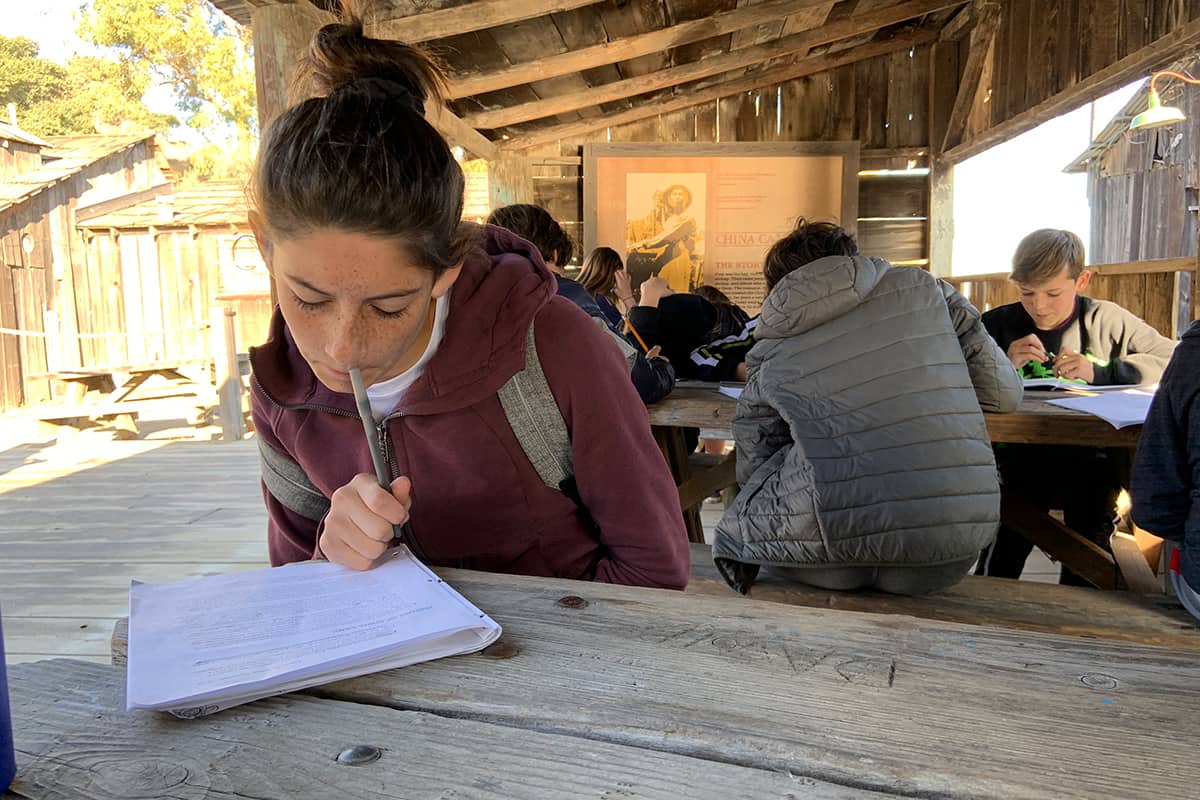
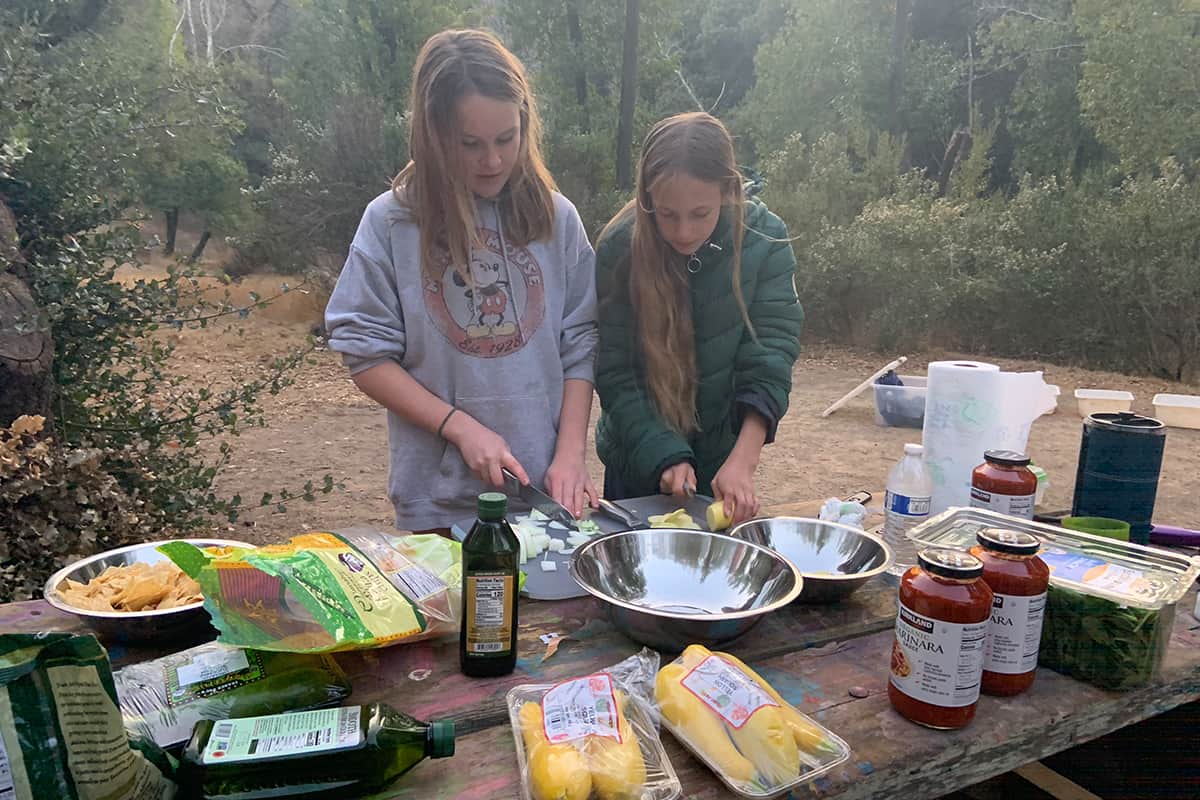
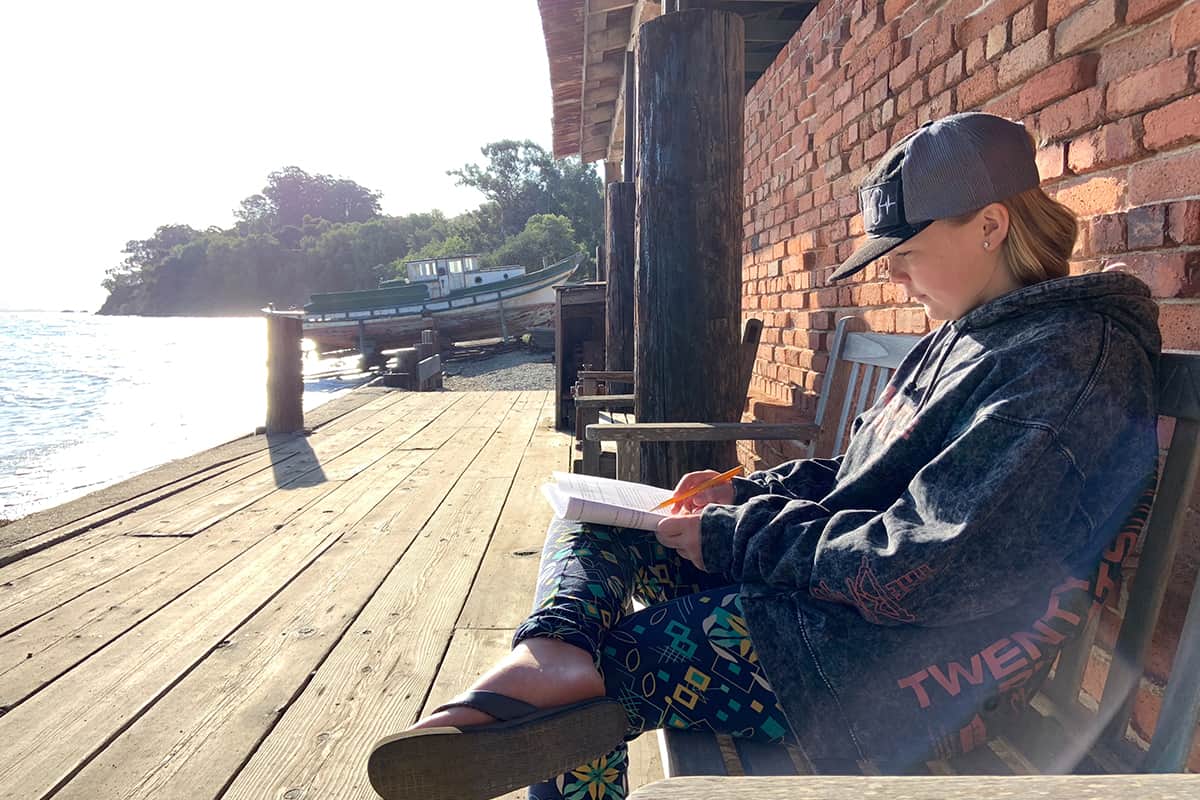
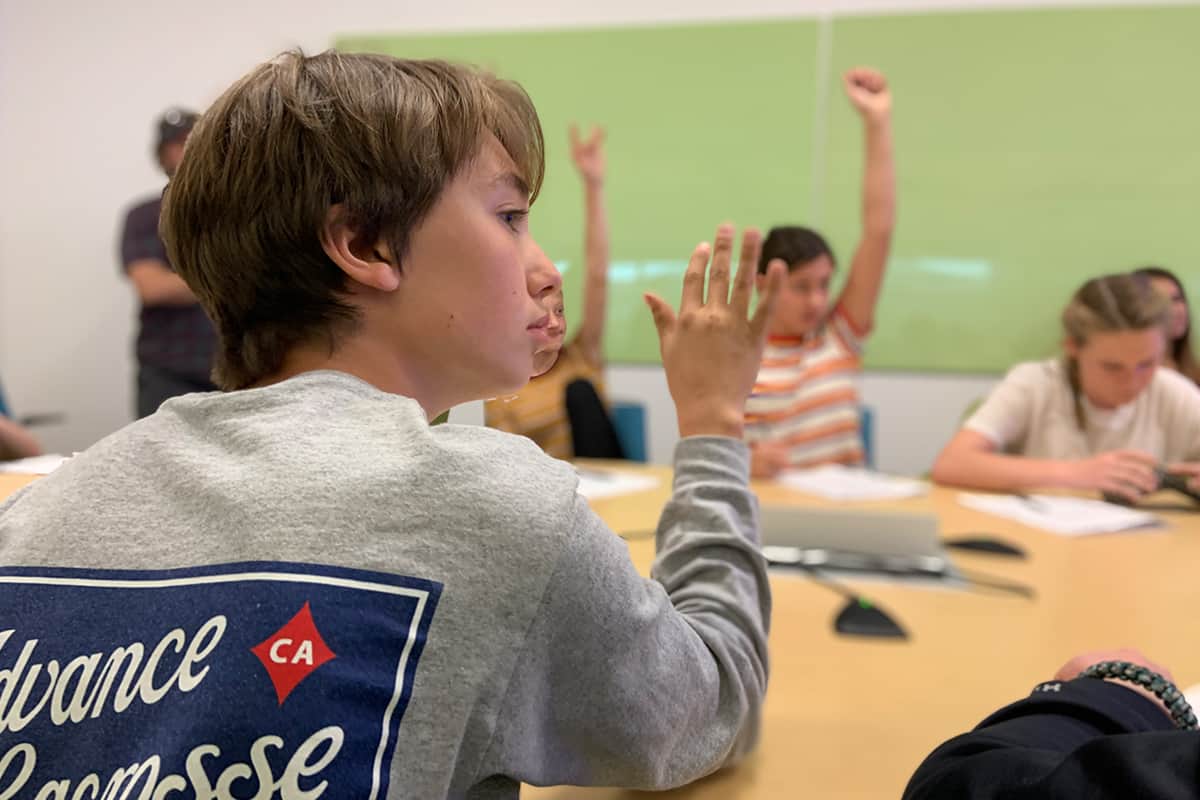
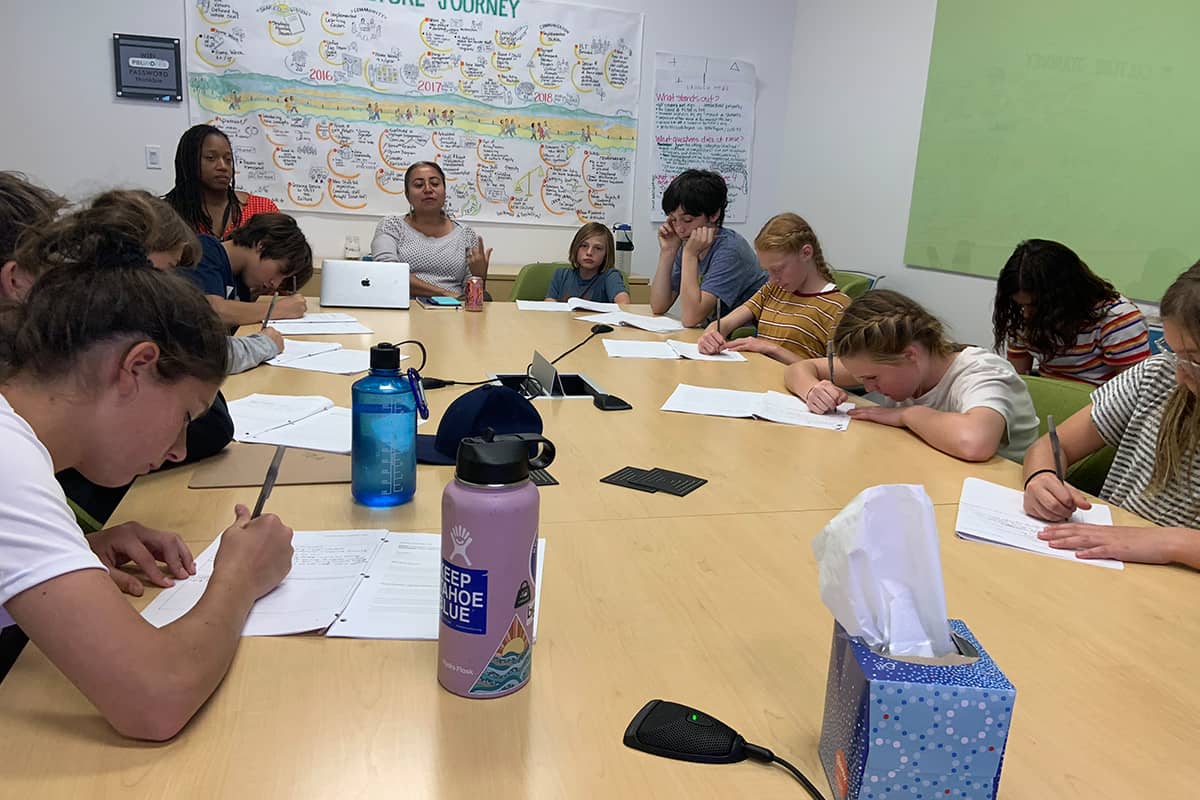
TEA students ended the session by working with Dr. Morrison to brainstorm specific ways that TEA can work to support and retain students of color, as well as of varying backgrounds.
Students traveled to Napa, where they met with Ariel Ceja. Ariel is part of a family that owns one of Napa’s few Latinx owned vineyards. Ariel talked to the students about his family history and shared his parents’ journey to becoming established winemakers in the region. His parents (at the time, both undocumented immigrants from Mexico), met while picking grapes in the field for Robert Mondavi. The students were surprised to learn that while his parents spent years working multiple jobs and saving money, they struggled to purchase land. Ariel shared that back in the 60s, many people refused to sell land to Mexican-Americans. While students swirled and smelled the wine that Ariel poured, Ariel also shared how far his parents had come from their days working in the fields. Ceja Vineyards were invited to pour wine at President Obama’s inauguration! While walking through the property, students considered what they might propose, and how they might act at TEA to better support first-generation students.
Next, students spent an afternoon at the Santa Rosa junior college. They spent the first half of their visit with Dr. Amanda Morrison, the director of the college’s intercultural center. She used statistics and data to explain college and academic achievement with different groups in the United States, as well as explaining the role of the center– and how it supports specifically students of color. TEA students ended the session by working with Dr. Morrison to brainstorm specific ways that TEA can work to support and retain students of color, as well as of varying backgrounds.
The second half of the visit included a visit with one of the top 50 slam poets in the world. David Loret de Mola, his stage name “AndYes” is a first-generation Cuban-American who often combines pro-wrestling with poetry. He impressed the students with his honest and raw poetry. He spoke of topics like family, obesity, identity, and depression. His vulnerability had TEA students considering society’s balance of power, and how often power might not always be so easy to see.
On the last day of the trip, students drove into San Francisco. They spent the morning volunteering with Centro Latino de San Francisco, an organization that helps to provide assistance with the elderly in obtaining social and economic support. The center serves over 2,000 low income, multi-ethnic elderly, adults with disabilities, families, and immigrants. There, the students spent a few hours working to pack over a thousand gift bags filled with toiletries to help people with their basic needs. As they worked, the smell of a delicious hot lunch wafted throughout the building. The students worked alongside people stopping in for a hot lunch. They worked in the midst of a class, which helped US residents study and prepare for a US citizenship test taught by a volunteer. Some students were very surprised to see elderly people in need of toiletries or a hot meal. This work added to their semester-long discussion of the balance of power, and how students can act to create a more just and equitable society. One student was surprised to see how many elderly people were in need. He thought of his grandparents, and couldn’t imagine them without retirement savings or a large house.
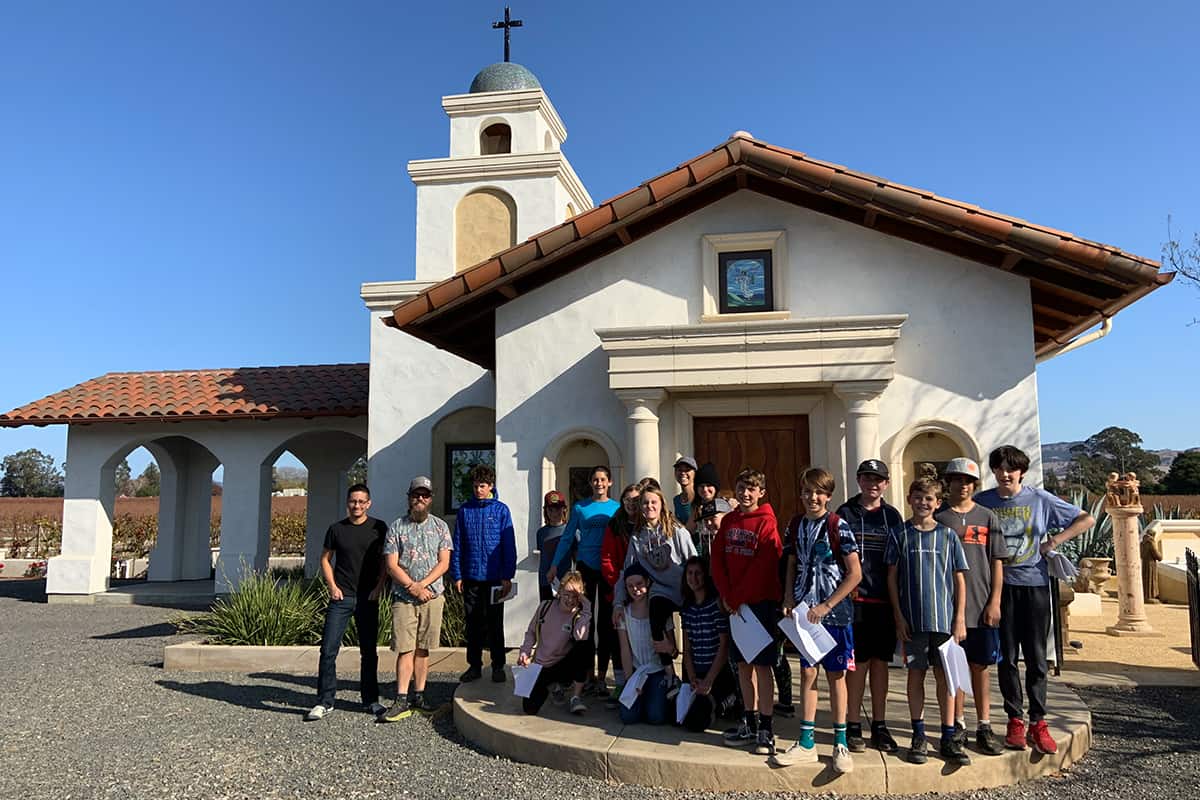
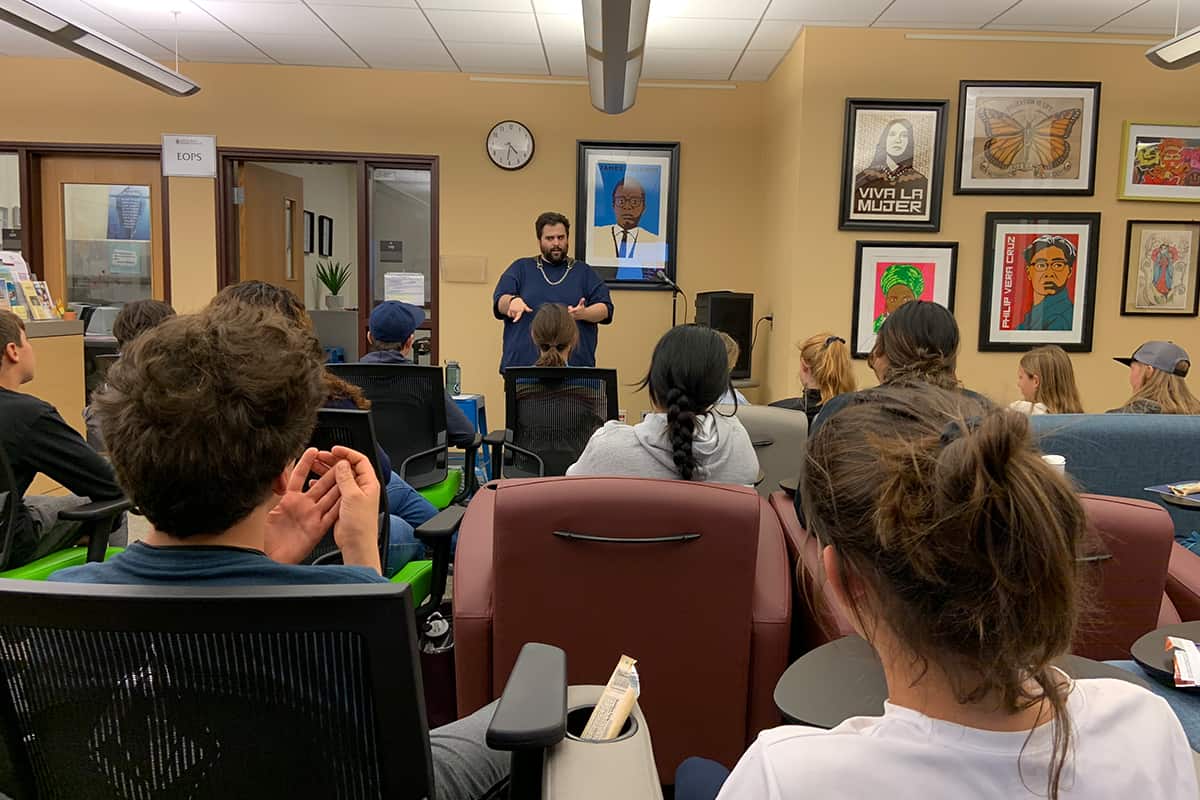
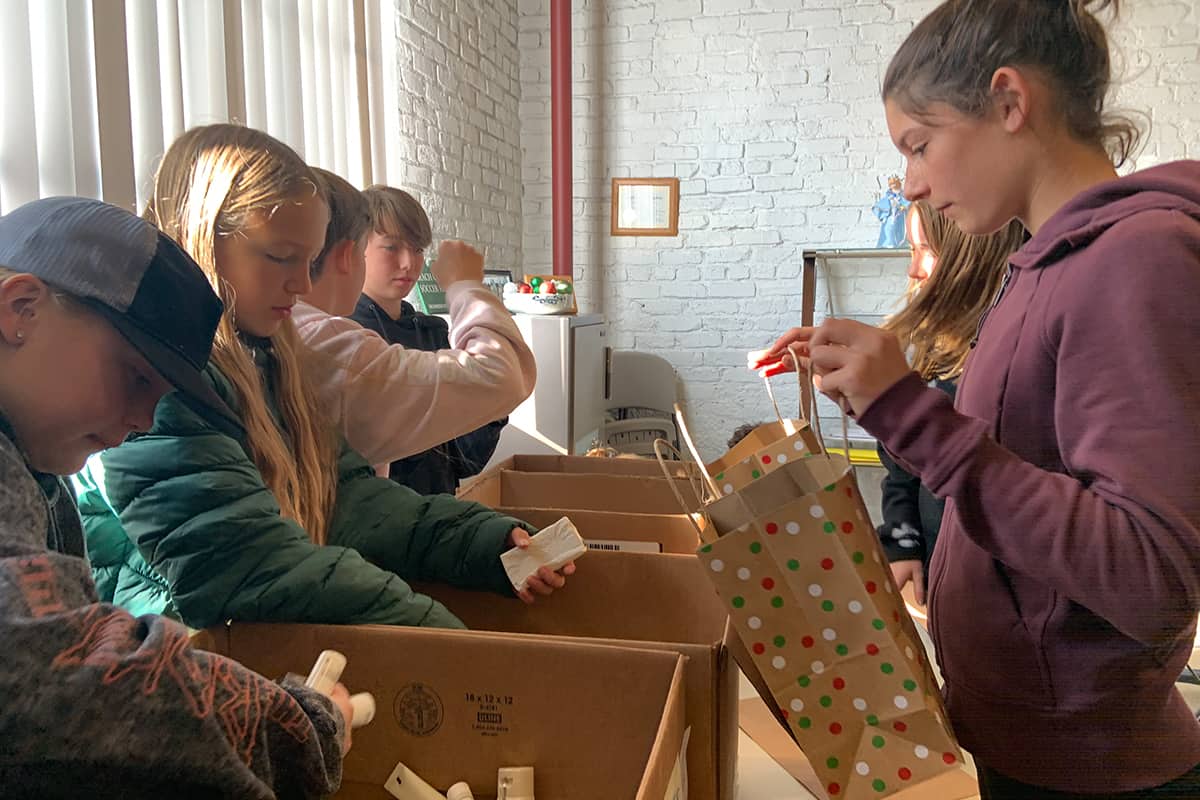
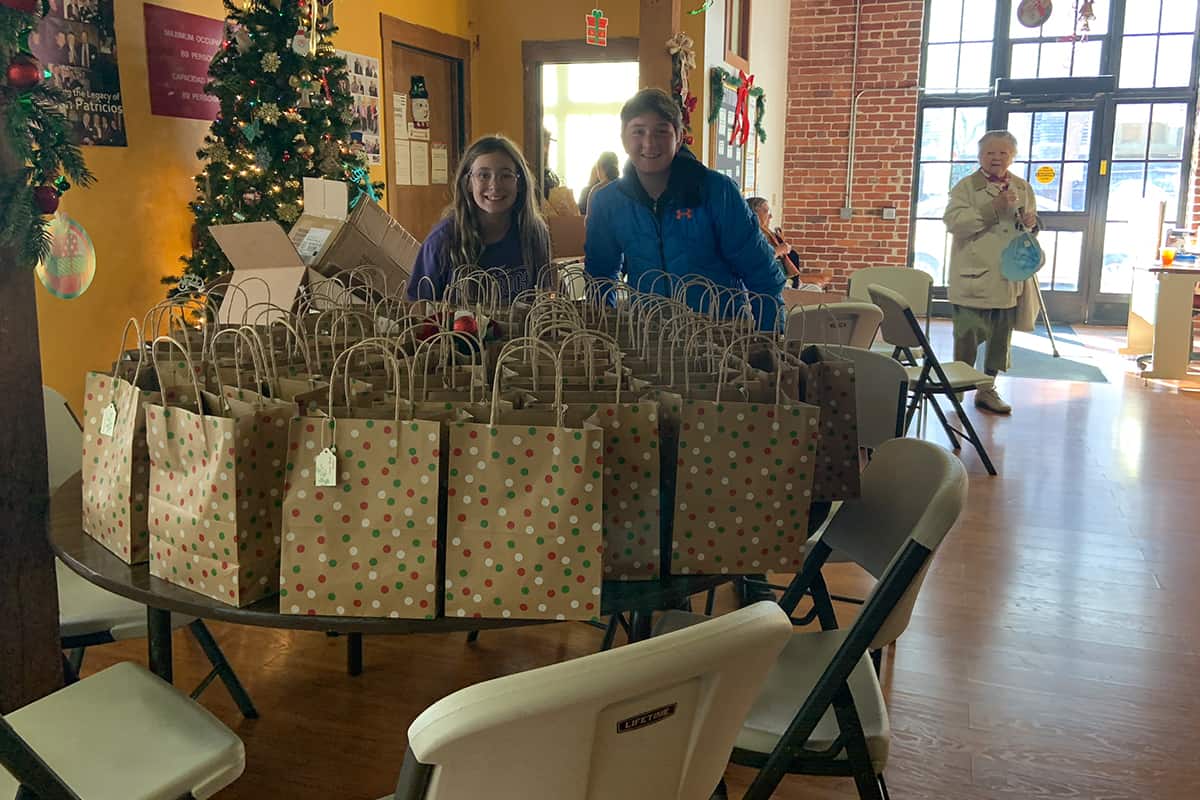
"I realize how much work we will need to do at TEA in order to create a more fair environment for certain people."
The students last visit took them to Berkeley, across the Bay Bridge. There, they met with Dr. Ignacio Rodriquez, a professor at UC Berkeley. Dr. Rodriquez is an expert and historian who specializes in knowledge about the Bracero Program, a program put into place by the US and Mexican governments from 1942-1964. During this time, over 4.5 million Mexican citizens were hired for agricultural work in the United States. Students learned that the participants in the program were able to support the United States’ effort during World War II, and worked on farms and railroads. Students learned about the discrimination many Braceros faced and considered how the program connected to many migration patterns found today.
The students thanked Dr. Rodriguez and walked down Telegraph Avenue where they stopped for Boba Tea. They were about to head to their final stop for the week, Sproul Hall’s concrete steps at the University of California at Berkeley, to interview students about their experiences with Justice, Diversity, Equity, and Inclusion (JEDI) at UC Berkeley.
As the students reflected on their field study they shared these thoughts:
– I realized how much privilege I (as a white student) have over many Latinx, Black, and other students of color.
– I have a new understanding of events that have happened in the past, and how they impact and connect to our present day.
– I understand the benefits of diversity, in a school and in an organization.
– I now see the need for TEA to diversify.
– I see how we are used to such little racial diversity in Truckee.
– I realize now how my biases can sometimes come out, and how important it is for me not to judge people without even knowing their background.
– I learned about how little opportunities many people have, just based on their race or heritage.
– I realize how much work we will need to do at TEA in order to create a more fair environment for certain people.
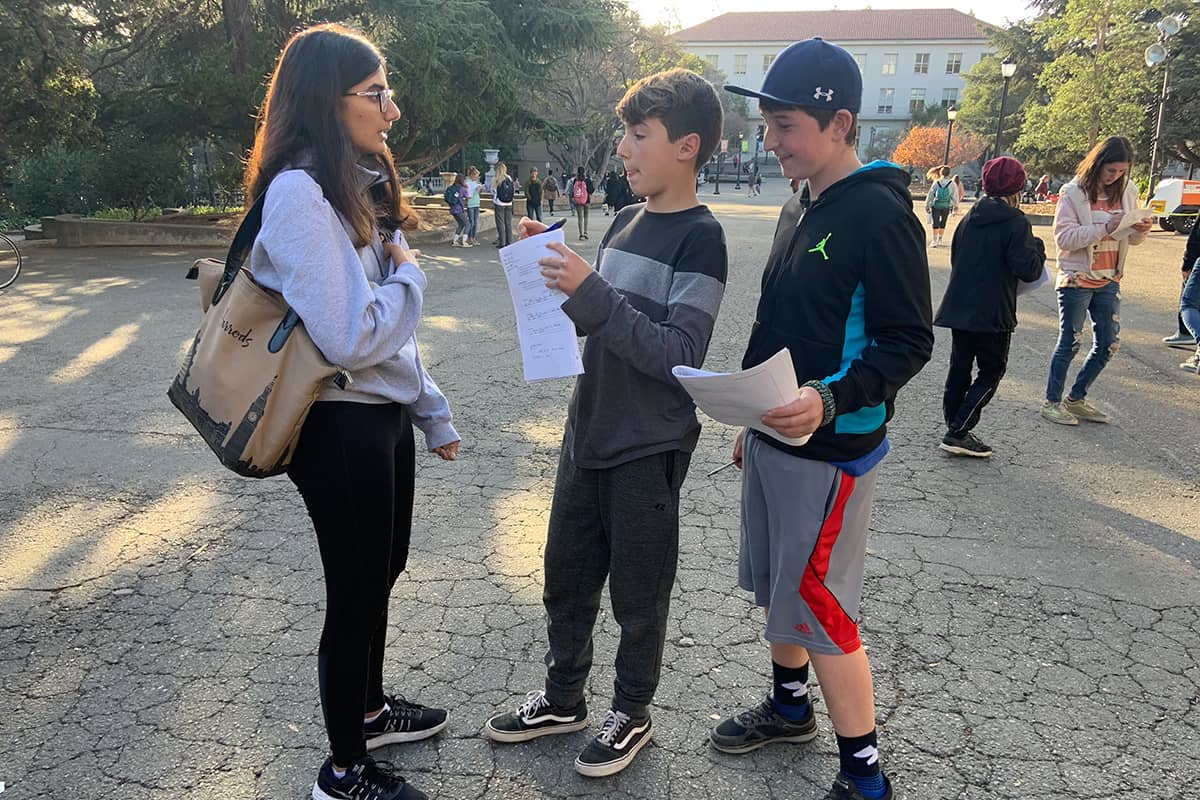
On Friday, January 24th – 7th-grade students presented their findings to the TEA Administrative Leadership Team and Liz Tucker with ARC (Adventure/Risk/Challenge), a local organization whose mission is to empower underserved youth through integrated literacy and wilderness experiences. They pitched recommendations for diversity work at TEA based on their semester-long experiences, fieldwork, experts, and analysis. Their recommendations included:
At TEA, we can work to change the future to create a more diverse and inclusive community. We can take leadership and reach out to other races and make them feel more welcome in Truckee.
When looking at these schools, many of them have similar programs. The schools all offer financial aid, affinity spaces, and clubs that help students feel included. Other schools also showcase all the work they are doing for diversity. It shows the clubs, financial aid, and staff diversity.
When looking at TEA, we don’t have as much of a diverse student body, so we talk about diversity. This is a step in the right direction, but it’s also important to take action.
Many other private schools have staff that speaks multiple languages, or work with students to learn about different religions or cultures. TEA could consider a change in the way we look to understand other cultures. If we want to grow our school in diversity, we have to have staff and in the student body become culturally competent.
Another idea is for our school to include a multi-cultural center, which is a place where students and staff can feel included. The main goal would be to have a place everyone could go to feel like they are part of a welcoming community.
An affinity space (a space for people of color to be included) should be made so when we get diversity they hopefully will go to this space instead of feeling overwhelmed by the ratio of white students to students of color.
It’s important to hire a diverse staff, so the students attending the school are able to see themselves reflected within the staff. For example, if TEA employed people of color, students would have positive role models of color.
Harvard Westlake is a private school in Los Angeles, whose teachers support LGBTQ+ communities. Students say they feel supported, and they feel like there is a sense of belonging. The school also had a school-wide celebration of pride day, to show their support. With the proper training and support, teachers can help students of all backgrounds feel more welcome.
We need staff that is diverse and trained in diversity work because then students would feel more welcome and understood. Having a diverse staff is one of the first steps to having a diverse school. According to SafeSchools, an award-winning compliance and safety solution, diversity courses can provide staff members with an overview of issues related to staff-student diversity.
On the Tahoe Expedition Academy’s website, there is only one language which is English. What if a family wants to come to TEA but can’t read the website because it is all in English? How welcome might they feel if the website was only in one language? It would be helpful if we change our website to have multiple languages because we can have more students that are more diverse. It could also show that our school cares about diversity.
Most independent schools employ someone whose title is a Director of Diversity. The Director of Diversity helps with making students of color feel welcome. They also make it easier to bring diversity work to students, teachers, and parents.
Some families don’t have financial privilege and could use help with purchasing some items such as school or expedition supplies. Although TEA already provides a vast amount of expedition supplies, more could be added. For example, the cost of things like proper hiking shoes, warm coats, gloves, pants and more all add up, and might put extra burdens on a family.
Another thing we noticed about TEA’s website showed very little to no information about how our school incorporates diversity. A couple of weeks ago, we seventh-grade students looked at around 20 independent school websites. They all had at least one or two pages on diversity. TEA’s website has zero information on diversity or JEDI.
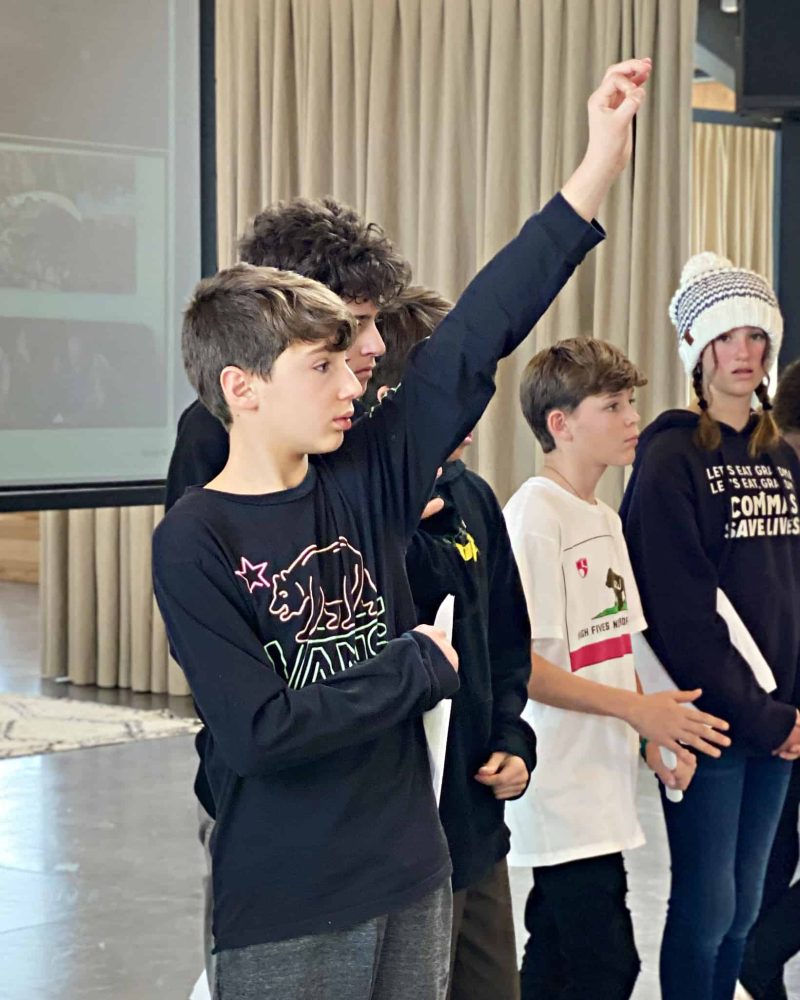
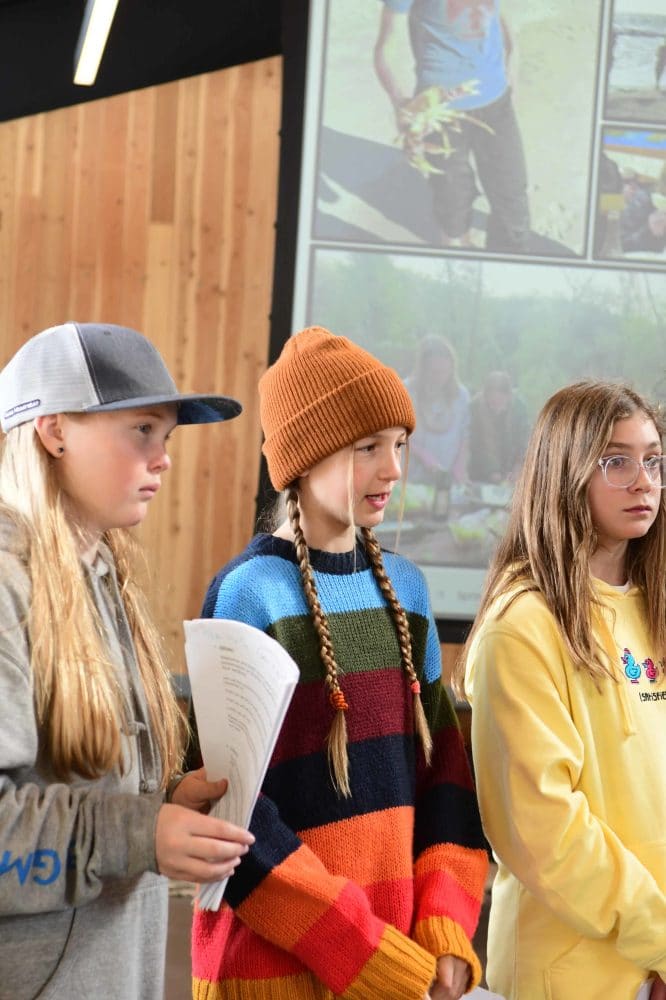
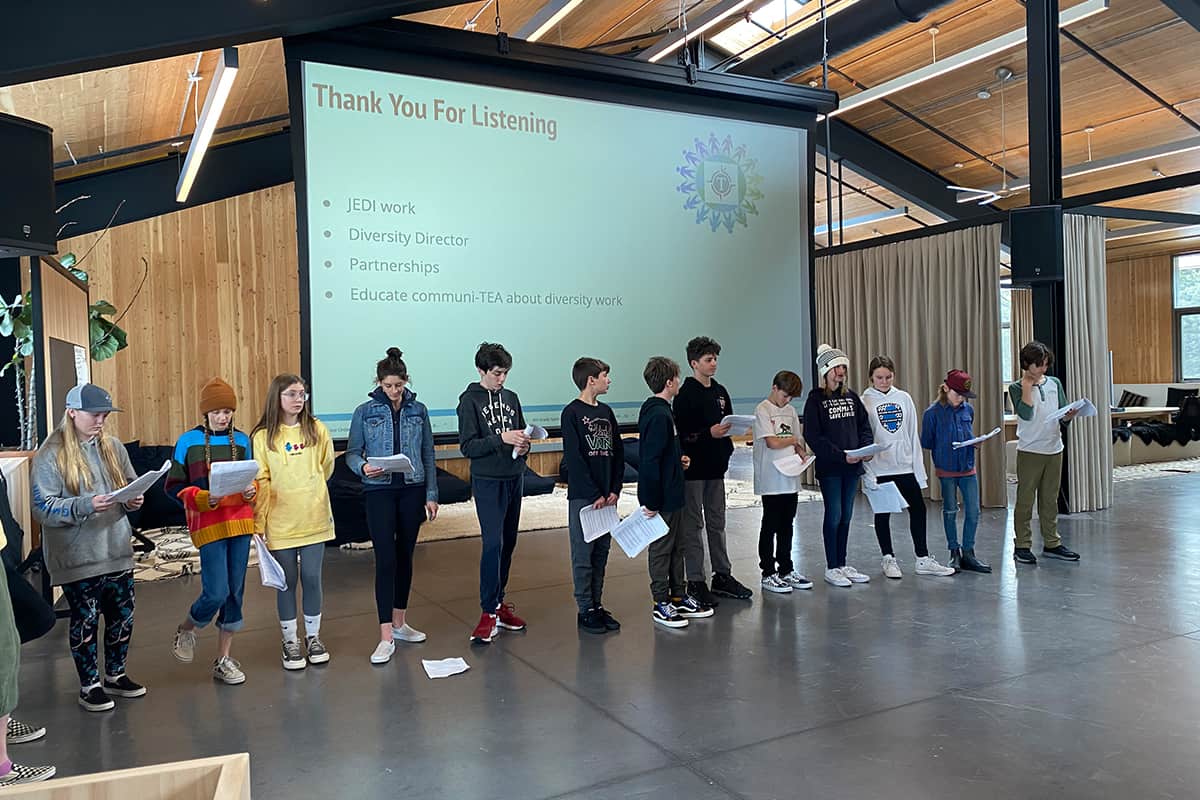
We appreciate Beth for leading this study that addresses a very real-world problem right here at our school, and our students for their thoughtfully prepared list of action items for our school to tackle. We look forward to sharing our progress.
